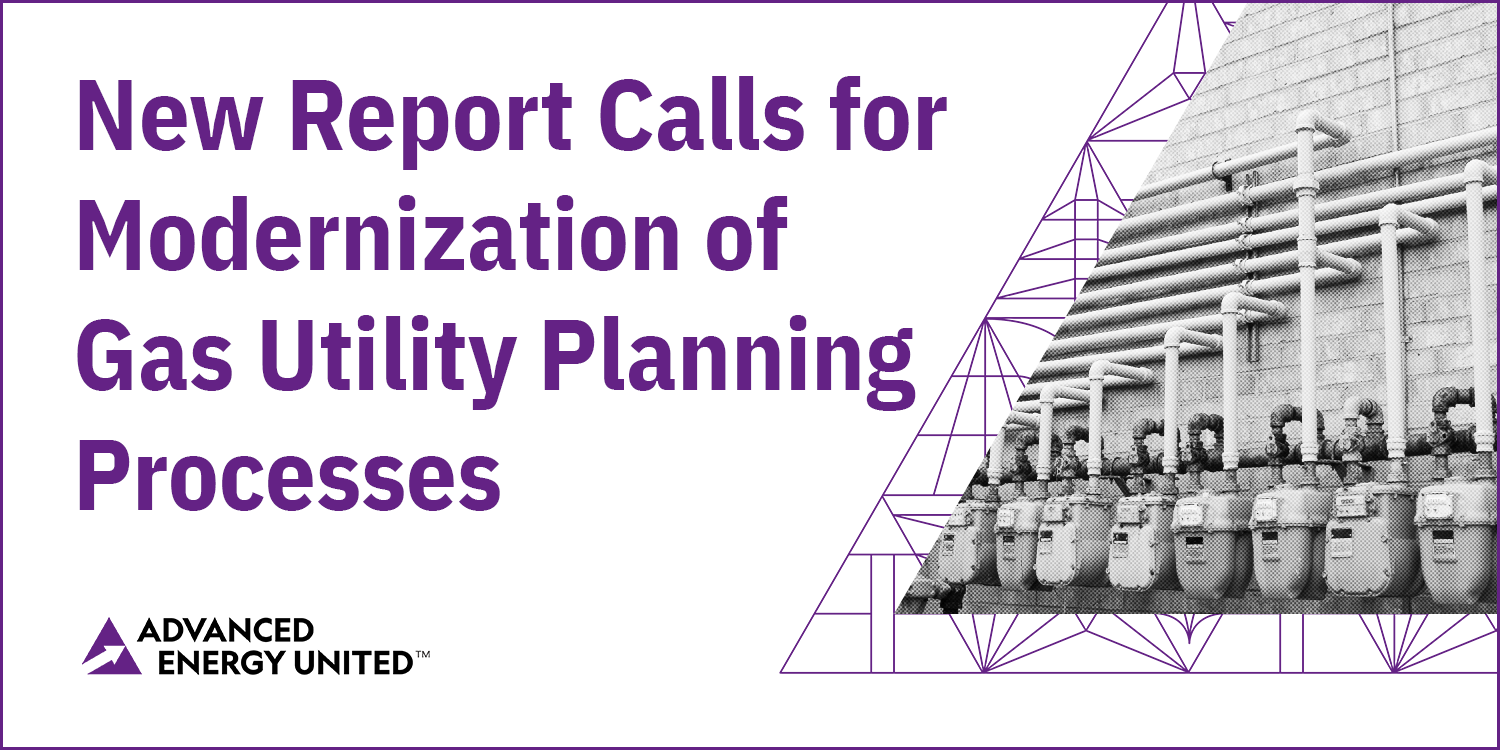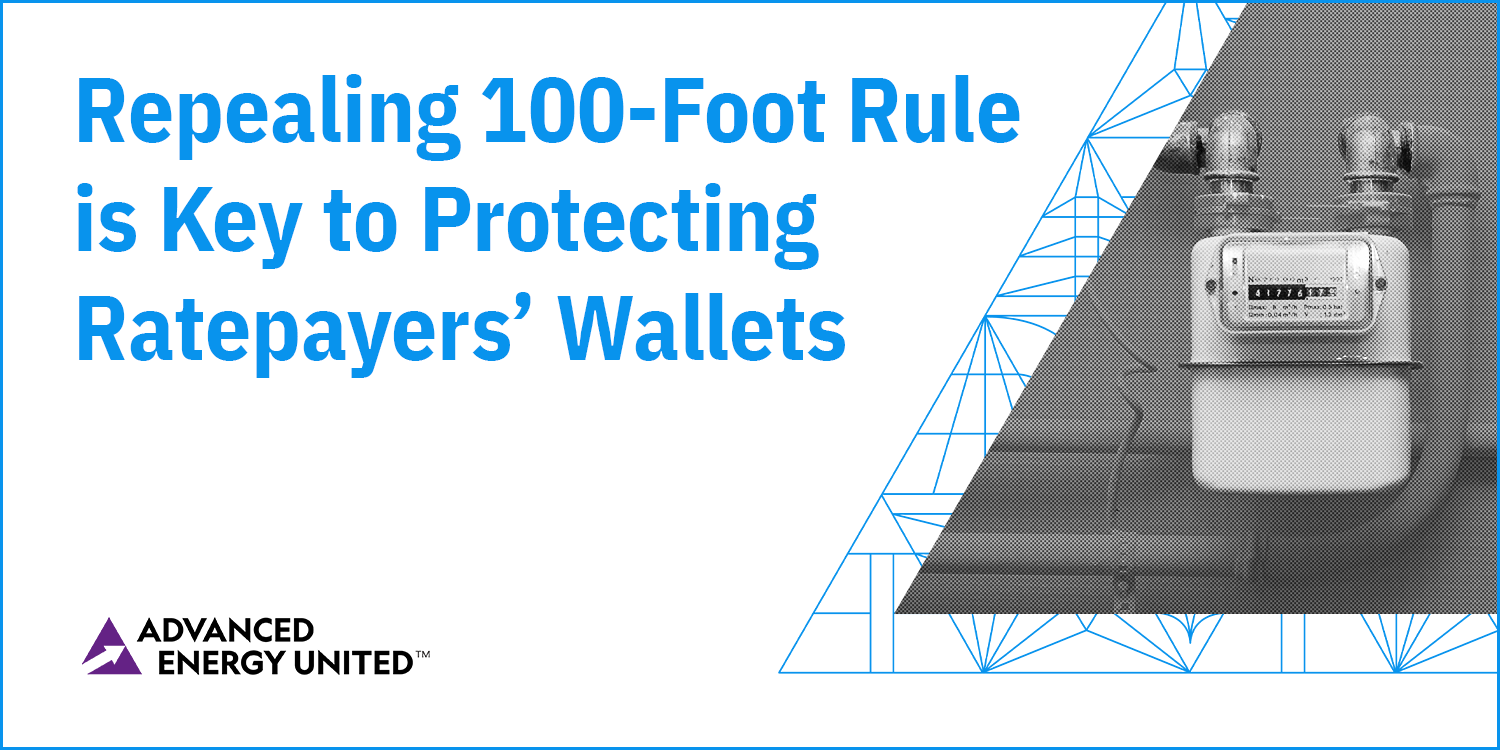-1.png?width=726&height=363&name=You%20can%E2%80%99t%20manage%20what%20you%20don%E2%80%99t%20measure%20Performance%20metrics%20for%20affordable%20heating%20(2)-1.png)
Sarah Steinberg
Recent Posts
You Can’t Manage What You Don’t Measure: Performance Metrics for Affordable Heating
Topics: State Policy, Economic Impact, Heat Pumps
Regulating a Gas System in Transition: The Need for New Approaches to New Challenges

For the past 20 years, states across the country have been working to re-orient our electric utilities around 21st-century goals, including greenhouse gas reductions, distributed resource integration, peak load management, resilience from emerging weather threats, energy burden alleviation, and more. These efforts have led to a plethora of new policies, programs, and processes that span from demand response and time varying rates to non-wires alternatives, performance incentive mechanisms to distribution system planning and hosting capacity analysis. Many of these reforms seek to mitigate the inherent bias in the electric utility world towards capital expenditures and large utility-owned resources, to varying degrees of success.
What Colorado’s First-Ever Gas Infrastructure Plan Teaches Us About Gas Planning

In May 2023, Xcel Energy Colorado filed its inaugural Gas Infrastructure Plan (GIP). Not only was this a first for Colorado, but in a national regulatory landscape light on gas utility oversight, it was also among the first of its kind nationwide. With the gas industry facing unprecedented headwinds – and in light of changing policy, technology, and market conditions – states are looking for new tools to understand and evaluate gas infrastructure investments. Colorado is at the forefront of that change, with state, city, and county emissions reduction policies and programs layered on top of generous state and federal rebates and incentives for clean appliances. In addition, gas commodity and infrastructure costs are rising, and innovation and scale are happening in the cold-climate heating solutions marketplace. All of these beg the question: how do we align long-lived, ratepayer-funded utility infrastructure investments with these long-term trends while still providing for our energy needs in the near term?
Topics: Energy Efficiency, Building Electrification, Building Decarbonization, Colorado
A Call for Parity Between Gas and Electric Utility Planning Processes

Electric utility resource and infrastructure planning has been a staple of electricity policy in most U.S. states for decades. Conducted in the public eye, with regulatory oversight and stakeholder participation, integrated resource plans, distribution plans, transmission plans, transportation electrification plans, energy efficiency and demand side management plans, grid modernization plans, and rate cases have all served to guide prudent electric system investments through an increasingly distributed and complex energy and policy landscape.
Topics: Building Decarbonization
Outdated Energy Laws are Costing New Yorkers Hundreds of Millions Each Year

According to local legend, in New York, it’s still illegal to put an ice cream cone in one’s back pocket while in public on Sundays. As the story goes, this law was enacted to prevent thieves from subtly luring a horse away from its rightful owner before the dawn of the motor vehicle. Though silly, this example is indicative of a larger trend: old laws from the 19th and 20th centuries often remain on the books because it’s more of a hassle to repeal them than to simply stop enforcing them. This can happen as social norms change, or as new technologies eclipse old ones.
Topics: Energy Efficiency, New York, Building Electrification, Building Decarbonization